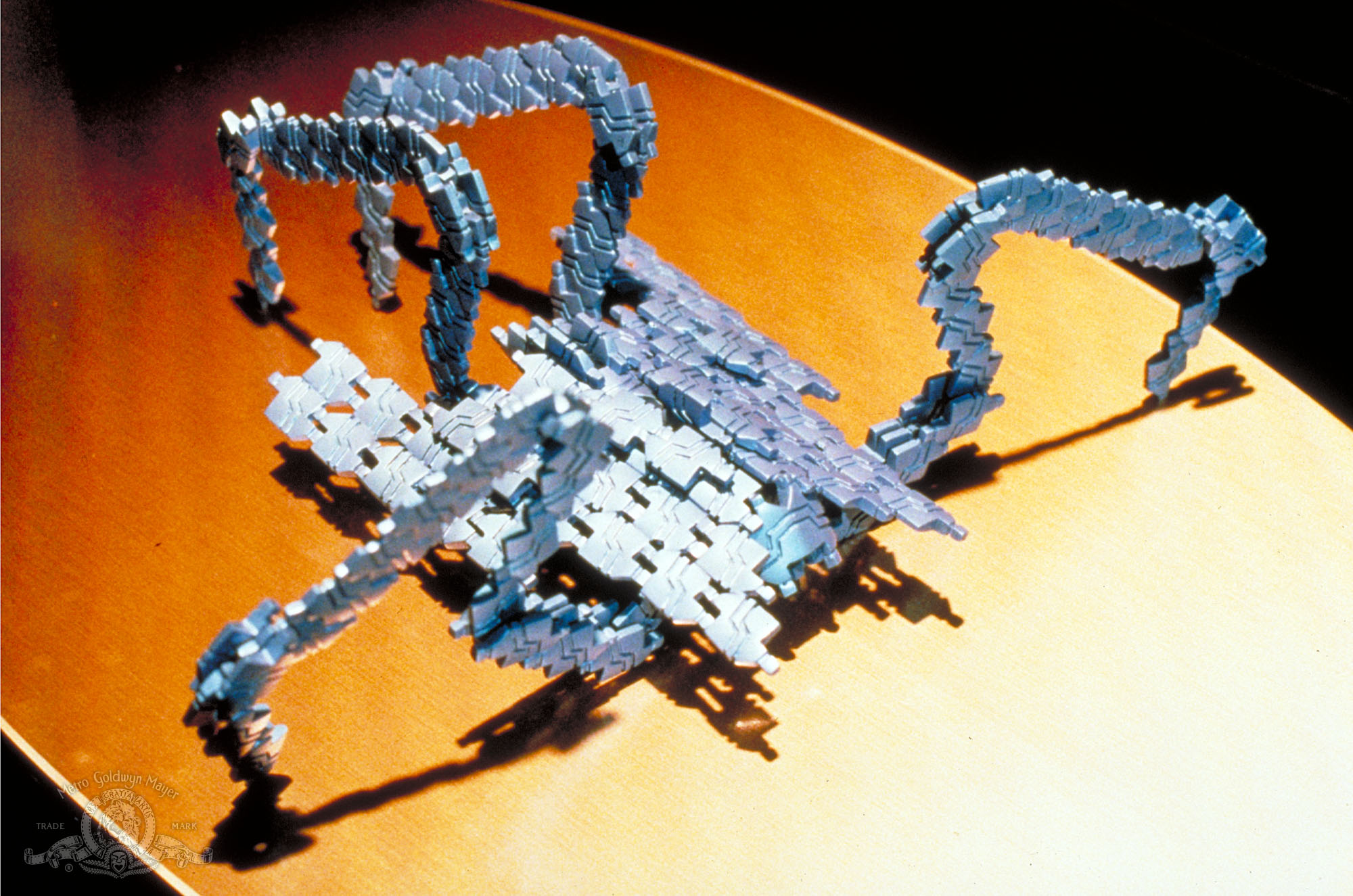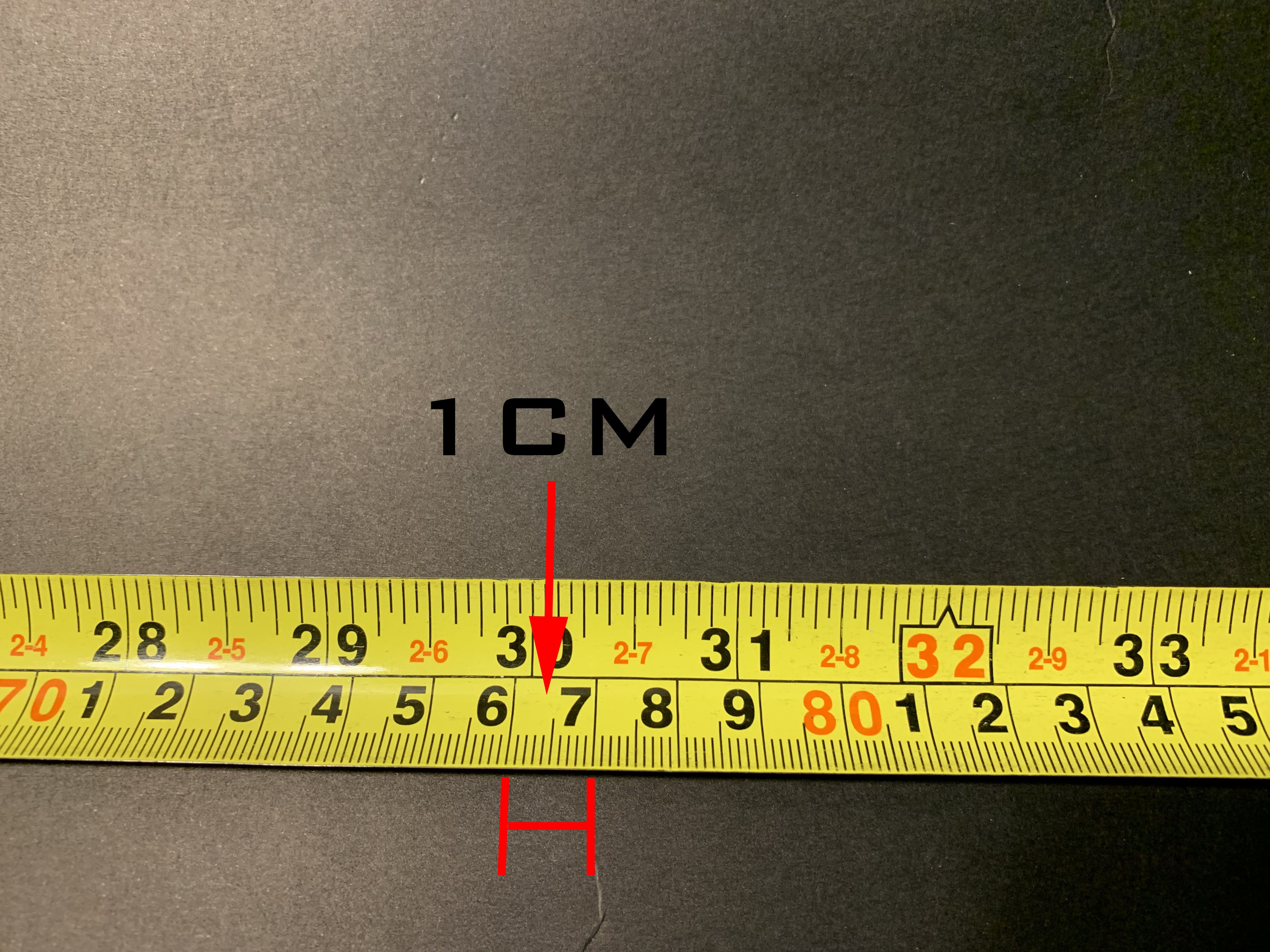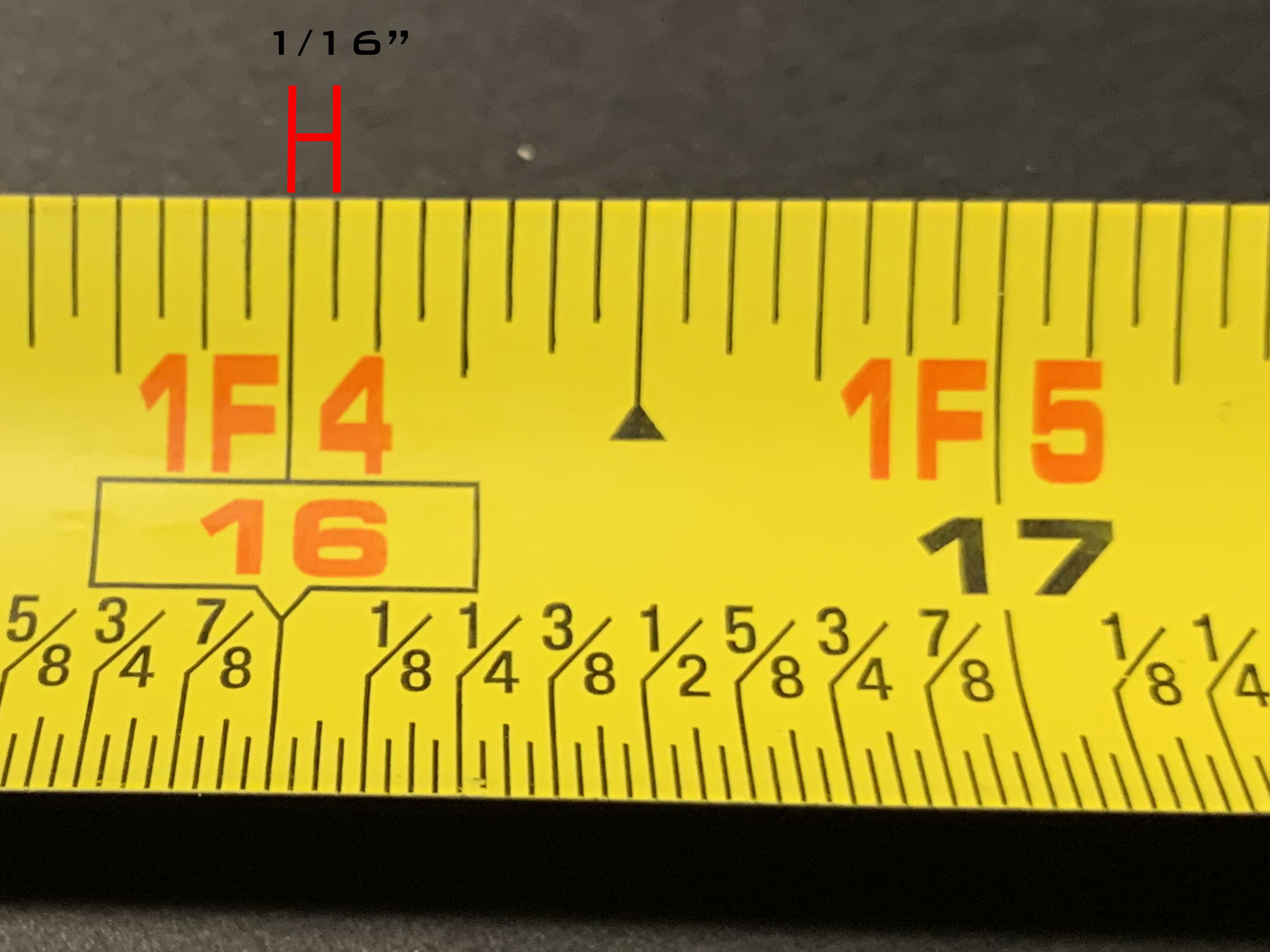Several small satellites are developed by the Institute of Space Systems at the Universität Stuttgart. The main mission of the Flying Laptop is to demonstrate the space use of reconfigurable FPGAs for the reconfigurable computing'' on an central on-board computer aboard a spacecraft. Due to their radiation vulnerabilities reconfigurable FPGAs have not yet been employed in practical space applications with high reliability requirements.
The Flying Laptop project aims to achieve the world's first orbit demonstration of a purely FPGA-based central on-board computer. Within this research firstly, application methods of reconfigurable FPGAs for space systems were investigated, which are not limited to small satellites but for general space systems. The investigation is based on thorough experimental data survey and analysis of radiation effects on existing FPGA devices. Main radiation effects of single event effects and total ionizing dose effects were extensively investigated. Based on the data obtained, a combinational use of SRAM-FPGAs (multi-chip redundant) and Flash-FPGAs for mitigating radiation effects was conceptualized. A mathematical system reliability analysis of repairable multi-redundant systems has been.
The analysis illustrates that a multi-redundant system based on SRAM-FPGAs together with a Flash-FPGA based voter provides a sufficiently high reliability for Low Earth Orbit missions against radiation effects. After the conceptualization of application methods of reconfigurable FPGAs for the space environment, it is applied to the on-board computer of the small satellite Flying Laptop. Flying Laptop is a cubic, 3-axis stabilized satellite with the edge lengths of about 600mm x 700mm x 800mm and a mass of about 120kg, which shall be launched into sun-synchronous LEO in an altitude of around 600km.
A system architecture with four SRAM-FPGA based central processing nodes and one Flash-FPGA based voter was applied for the on-board computer of the Flying Laptop. This on-board computer is the central computing system aboard the satellite and shall be capable of controlling all satellite peripheral electronics. First of all, the system design of the whole satellite has been conducted within the scope of the thesis in order to allow the design of the on-board computer. Based on the established system requirements, the on-board computer of the Flying Laptop was designed and the breadboard model and partly the engineering model of its components are developed. The hardware logic which shall be implemented into FPGAs can be designed by means of hardware description languages.
However, it is no longer software engineering but hardware engineering for generating real hardware logics inside FPGAs which are executed in parallel in real-time. The satellite main functions are designed, developed, and implemented in FPGAs by means of the hardware description languages Handel-C and VHDL. In addition to this, a control algorithm development facility has been established for the further design activities.
Finally, the developed control algorithms are verified in a simulation and verification environment in order to prove the validities of the above described developments. First of all, an FPGA hardware-in-the-loop real-time simulation environment has been established based on the Model-based Development and Verification Environment . MDVE was established at the Institute of Space Systems supported by EADS Astrium. The communication interface between the MDVE and FPGAs are developed, including the required hardware components and the serialization algorithms of communication lines inside an FPGA. Using this simulation and verification environment, extensive simulations have been conducted and the design of the on-board computer, as well as the system design of the whole satellite are validated. At the end, an extended investigation has been conducted on formal verification methods of the hardware-logic in order to provide the way of strict design verifications.
This thesis establishes the basis of principle application methods of reconfigurable FPGA technologies for reconfigurable computing'' on space systems which provides innovative solutions for high computational demands of future space applications. CubeSats are playing a vital role in the development of new micro-sized components for small satellites, and because of their promising potential CubeSats have been widely embraced by universities for conducting space research projects. Now, CubeSats are being proven to be an effective small satellite design, which have the ability to be easily modified to accommodate larger academic and even commercial scientific missions. QuakeSat, a small satellite currently being developed by the Space Systems Development Laboratory at Stanford University will be launched to study earthquake precursor phenomena from space.
QuakeSat's primary scientific mission is to detect, record, and downlink Extremely Low Frequency magnetic signal data, which may lead to groundbreaking techniques to predict earthquake activity. Nonetheless, there are few focused specifically to provide traditional software engineers and ownership of the development process of the SC SW parts. The papers that have this approach contemplate agile methodologies, propose their own frameworks and some of them align the proposed models to aerospace development standards as ECSS. The studies propose from simple organizational structures of mission work teams, flow activities proposals and engineering processes to complex project structures that include life cycles, artifacts, activities, and even introduce concepts of design patterns and SW programming.
Abstract—CubeSats have been widely used for space research due to lower cost and faster development. Electric power system is one of the key subsystem of CubeSat which powers all the other subsystems. One of the important step in the EPS design is the selection of EPS architecture which should be done considering overall efficiency, battery size, reliability, and simplicity of control. In literature, a general comparison between different architectures is performed without considering the mission parameters, power generation profile, and load profile based on the operational modes. Thus, the best possible EPS architecture may not be selected in the design phase. The proposed methodology has been demonstrated using the real data and scenarios of MYSAT-1, which is an 1U CubeSat developed and launched by Khalifa University.
The growing countries that have carried out the development of CubeSat missions for academic purposes do not offer aerospace engineering programs at their universities. This causes difficulties for traditional engineers upon the formal use of different standards and frameworks for aerospace development, such as the European Cooperation for Space Standardization and Space Mission Analysis and Design . In this paper, we present a hybrid framework between the ECSS-E-ST-40C standard and the Rational Unified Process, which can be used by traditional software engineers as a guide model for the development of software elements in academic nanosatellite missions.
The model integrates the processes and documentation suggested by the ECSS-E-ST-40C with the disciplines, workflows and artifacts suggested in Rational Unified Process. This simplifies the structure of ECSS-E-ST-40C and allows traditional software engineers to easily understand its work elements. The paper describes as study case the implementation of the hybrid model in the analysis and design of ground monitoring and control software for the Libertad-2 satellite mission, which is currently being developed by the Universidad Sergio Arboleda in Colombia. The European Cooperation for Space Standardization standards are the result of a European effort in the working process for all types of space projects, cover every single system and process in their development. These standard have been followed by space projects in the Europe for the last 20 years, making their proposed methodology the traditional one. During the process , the ECSS standards provide the number and type of documents that should be released as well as the reviews that should take place.
They also both recommended and forbid the employment of certain technology and used an materials in aerospace missions, depends upon specific application. Following these standards is usually a requirement imposed by ESA when working with them and, consequently, with the most important companies and institutions in the European space industry. Space systems engineering defines a framework of requirements and objectives that must be fulfilled. In approach, the design phases is usually a top-down process that reaches a solution in compliance with said requirements and objectives. The system engineer is the person that act as the different subsystems and coordinates the different aspects of the design process to ensure compliance with the solution. The nanosatellites are developed to serve as introduction and training of new aerospace fields.
To develop a nanosatellite would venture into aerospace research and application of technologies providing the possibility to established the basis to implement large projects using local knowledgement and technologies. The experimental science of designing, implementing, and putting a nanosatellite orbit involves the use of engineering parts and technologies in such a way of knowledge areas as communication, telemetry, and remote sensing, also other subjects such as automation, and remote control. A nanosatellite could be a tool for demonstrating scale development of a spatial element that may be placed into the orbit and may communicate with the world Earth,simply "beep" transmitted on its wave.
But, on the other hand, there are more complex nanosatellite mission oriented to different complex task. These tasks could include remote sensing mission, communication, physical characteristic monitoring, radiation monitoring, climate changes, magnetic field, meteorology, communication, agriculture, deforestation, astronomy, planetary science, etc. Aerospace engineering frameworks proposed in SMAD and ECSS include specific processes for the development of the different mission SW applications.
In this sense, it is inefficient to use them strictly as a methodological guide in the development of academic SC. Like larger satellites, CubeSats often feature multiple computers handling different tasks in parallel including the attitude control , power management, payload operation, and primary control tasks. COTS attitude-control systems typically include their own computer, as do the power management systems. Payloads must be able to interface with the primary computer to be useful, which sometimes requires the use of another small computer. Still, the primary computer may be used for payload related tasks, which might include image processing, data analysis, and data compression.
Tasks which the primary computer typically handles include the delegation of tasks to the other computers, attitude control, calculations for orbital maneuvers, scheduling, and activation of active thermal control components. Consumer smartphones have been used for computing in some CubeSats, such as NASA's PhoneSats. This proactive and reactive response requirement poses an enormous conceptual design task in terms of the trade space - which can be too large to explore, study, analyse and qualify - for a future-generation adaptive small satellite system. This paper involves a careful study of the current and emerging space system technologies, architectures and design concepts for realising adaptive small satellites for future space applications. Adaptive multifunctional structural units that eliminate subsystem boundaries and enable five levels of inorbit customisations at the system level have been qualified for highly adaptive small satellites . The initial system engineering analyses reveal that the HASS system has mass, cost and power savings over the conventional small satellite implementation.
The reported novel research findings promise to enable capability-based, adaptive, cost-effective, reliable, multifunctional, broadband and optimal-performing space systems with recourse to post-mission re-applications. Furthermore, the results show that the developed system engineering design process can be extended to implement higher satellite generation missions with economies of scale. CanX,is a "picosatellite" program for research and education, with graduate students leading the design, development, testing, and operations of Canada's smallest satellites having,a mass under,1 kg. The,first UTIAS/SFL picosatellite, CanX-1, is scheduled for launch in early 2003 together with CubeSats from other university and industry developers. The,objective of,the CanX-1 mission isto verify the functionality of several novel electronic technologies in orbital space.
This paper outlines the features, capabilities and performance of CanX-1, including horizon and star-tracking experiments using two CMOS imagers, active three- axis magnetic stabilization, GPS-based position determination, and an ARM7 central processor. Advancements in satellite technologies such as advanced ground systems, in-orbit services, advanced payload systems, and others is boosting growth of the nano satellite market. Advancements in tracking, telemetry, and command-to-control satellites is making ground systems a top satellite technology trend.
Ground stations use Radiofrequency communication terminals, electronically steered, and phased-array antennas to track satellites with minimal human intervention. Moreover, increase in satellite constellations requires modern inter-satellite links for coordination of constellation movement. For this, smart RF and optical communication technologies are used for better in-orbit relays in upstream and downstream data transfer. This innovation will prove very useful in boosting development of nano satellites. Since the launch costs are a fraction of the cost of those for traditional spacecraft, CubeSats have become very popular with amateur researchers, university research groups and technology companies seeking a market niche.
They are now also gaining popularity with older, well-established space industry players. To keep the hardware budgets small they are typically built from commercial-off-the-shelf components rather than expensive, scarce and outdated space-grade parts. Additionally they are often launched into orbits with an orbital life of a few years or even months (although some CubeSats, like Delfi-C3 , have been operational now for many years).
Space worthiness of COTS components can be assessed by their use in previous CubeSat missions and by carrying out targeted testing. CubeSats have been receiving special attention in recent years, mainly due to their agile development process, and also the low costs involved when compared to traditional satellites. In this context, this paper presents the critical embedded systems designed for FloripaSat-1, which is a complete CubeSat mission developed at UFSC, Brazil.
The satellite's service module has three main subsystems, each with an embedded processor and their own hardware architecture. This paper presents a review of the nanosatellite embedded systems designed for the mission, their functionalities, architectures, and components. Experimental results obtained from the engineering model qualification tests are also presented, showing the energy power system and telecommunications capabilities of the mission. Despite much discussion and many theoretical studies, getting relevant quantum technology into space has been hampered by the cost of traditional space development. At the time of writing only one conventional-sized, QKD satellite has been launched, the Chinese QUESS mission . To accelerate development we are seizing on a revolution in the space industry where the use of very small spacecraft known as nanosatellites is enabling access to space for a large number of organisations with only modest funding.
Recent years have seen an explosion of interest in nanosatellites, particularly CubeSats , where low costs and fast development times are challenging more traditional platforms for applications. These satellites must fit within tight cost constraints, for the launch and the actual satellite hardware. Success in developing these satellites, and the related technologies and methods, would enable an easier access to space, especially for small and medium enterprises , leading to new markets and applications.
We present the architecture of a small university satellite that we developed. To meet the first one, we chose to use commercial off the shelf components wherever possible. For the second one, we replicated all the satellite critical functions, using different technologies and solutions, while constantly monitoring the state of the system for failures. The focus is on overall organization, design partitioning, and details of the actual hardware. We show that the development of a low-cost satellite is feasible with a limited budget. CubeSats typically reach orbit by ride-sharing with larger satellite launches or are carried as cargo to the International Space Station from where they are deployed into orbit .
This "piggy-backing" helps make launch costs affordable to university groups. As with traditional satellites, there is a further level of savings available where each CubeSat can be used to host multiple miniature research payloads. A drawback of this approach is the low duty-cycle for experiment time as the limited power on a CubeSat results in restricted operation time for each payload.
Despite the limitations, we propose that it is ultimately feasible to produce pairs of entangled photons on board a CubeSat and to use these pairs to produce a shared quantum key with a ground station or another satellite. The Canadian NanoQEY mission concept meanwhile proposes an alternative ground-to-space approach to performing QKD with CubeSats. At an altitude of 400 km above sea level, the nanosatellite will orbit the earth at a dizzying speed of 27,600 km per hour, or 7.6 km per second.
At this speed, the satellite will complete an orbit around the Earth every 90 minutes. "In order to collect data, we built a satellite station on the roof of the engineering building," says Dr. Amrani. At present, agile type methodologies are the most used for the development of commercial SW that must be quick-tomarket, since their features are fast teamwork, consolidating only the necessary documentation and obtaining functional SW parts. However, these are not robust enough to be applied in the development of aerospace SW. Due to the characteristics of critical systems, the development of SW parts for aerospace missions needs to be supported in sufficient documentation, on which it would be possible to make traceability, modifications and new requirements that arise during the development of the SC.
If the mission does not have the formality and documentation, like as that provides a heavyweight methodology, it would not be possible to develop future missions with the aim of obtaining knowledge and engineering development. The robustness of RUP is the product of formalism that exists in the documentation process described through its artifacts tree, compared with lightweight methodologies, where there is much less documentation. The symposium will cover all the aspects of micro/nano/pico-satellites including architecture, component technologies, guidance/navigation/control, infrastructure, such as ground station systems and launch opportunity, applications and missions, regulatory issues and education.
As 2013 will be the last fiscal year of the "Hodoyoshi Program," the symposium will focus especially on applications and missions for micro/nano/pico-satellites. New mission proposals, including Earth observation, disaster monitoring, space sciences and exploration, or even more personal type missions, which deeply consider the merits and demerits of micro/nano/pico-satellites would be welcome. If you have a novel idea for a satellite mission but you don't know whether your mission is feasible or not, please don't hesitate to submit your idea. We would be pleased if this symposium could contribute to the "match-making" between the technologies and the applications. This paper focuses on the MightySat II series of vehicles being developed largely by Spectrum Astro, Inc. in Gilbert, AZ. MightySat II Flight 1 ("Sindri"), a 275 lb.
Satellite designed for deployment from either the Orbital/Suborbital Program or the Space Transportation System , is now in final design stages, with Critical Design Review completed November 1997. Details of the current spacecraft bus design and upcoming integration and testing (I&T) plans are discussed. A brief summary of future MightySat II vehicles and missions is also provided. Robust, accurate, efficient attitude determination system is a key component for earth observation small satellites.




















































